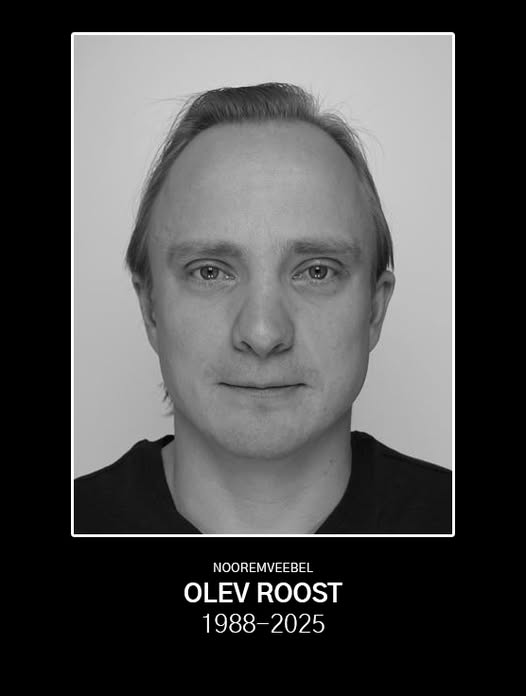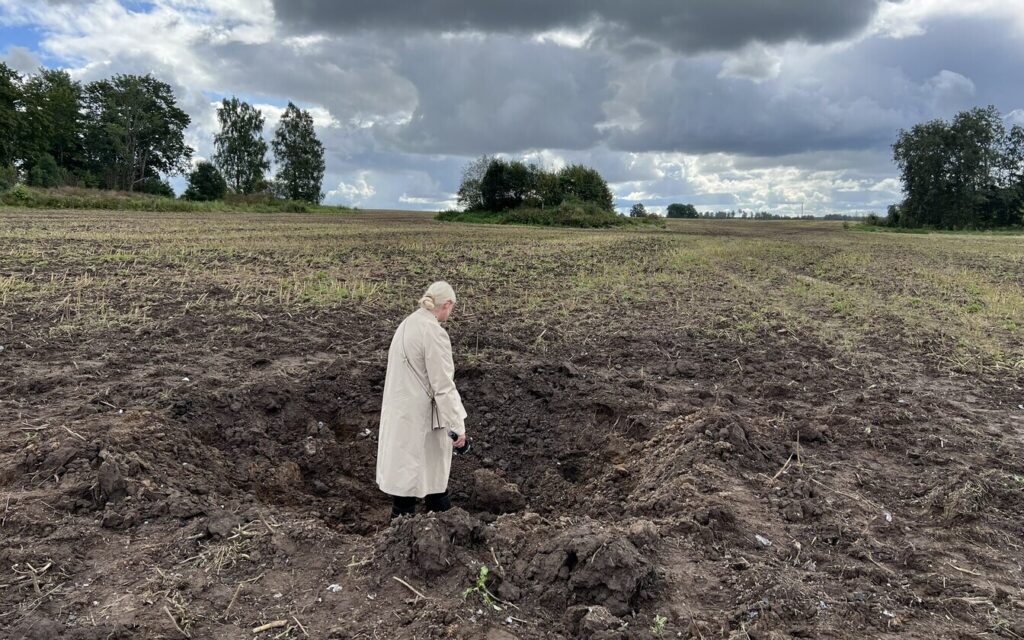Estonia is digging a 40 km trench to stop Russian tanks — and 600 bunkers are next

Estonia is building new fortifications along its eastern frontier as part of a sweeping Baltic defense effort against possible Russian invasions in the future. ERR reports that construction has started on a 40 km anti-tank trench on the border with Russia.
40 km trench planned on southeast border
According to ERR, the work has begun in villages along the country’s southeast border. The trench is part of a defense system designed to slow and block armored advances. The first section near Vinski village in Meremäe measures half a kilometer. Future trenches will be dug inside delay fences and equipped with dragon’s teeth and razor wire.
Natural barriers in northeast, fortifications in southeast
Colonel Lieutenant Ainar Afanasjev, pioneer inspector at the Estonian General Staff, said Estonia’s northeast already benefits from natural defenses. The Narva River and Lake Peipus act as barriers. Southeast Estonia lacks such features, so the plan calls for 40 km of trenches across vulnerable ground. Marshlands will remain untouched, as heavy vehicles cannot pass through them. By the end of 2027, Estonia expects more than 40 km of trenches completed along with about 600 bunkers, either dug in or stored near original sites.
Defense zone stretches 100 km
The Baltic defense line in Estonia will extend about 100 km along the eastern border and 40 km inland. This year, two strongpoints will be built: one in northeast Estonia and another in the southeast. Each strongpoint will consist of up to 14 bunkers. According to Armin Siilivask of the Estonian Center for Defense Investment’s procurement department, storage areas are also being prepared. Materials now placed in pre-storage sites will be transported closer to strongpoints to ensure quick deployment.



